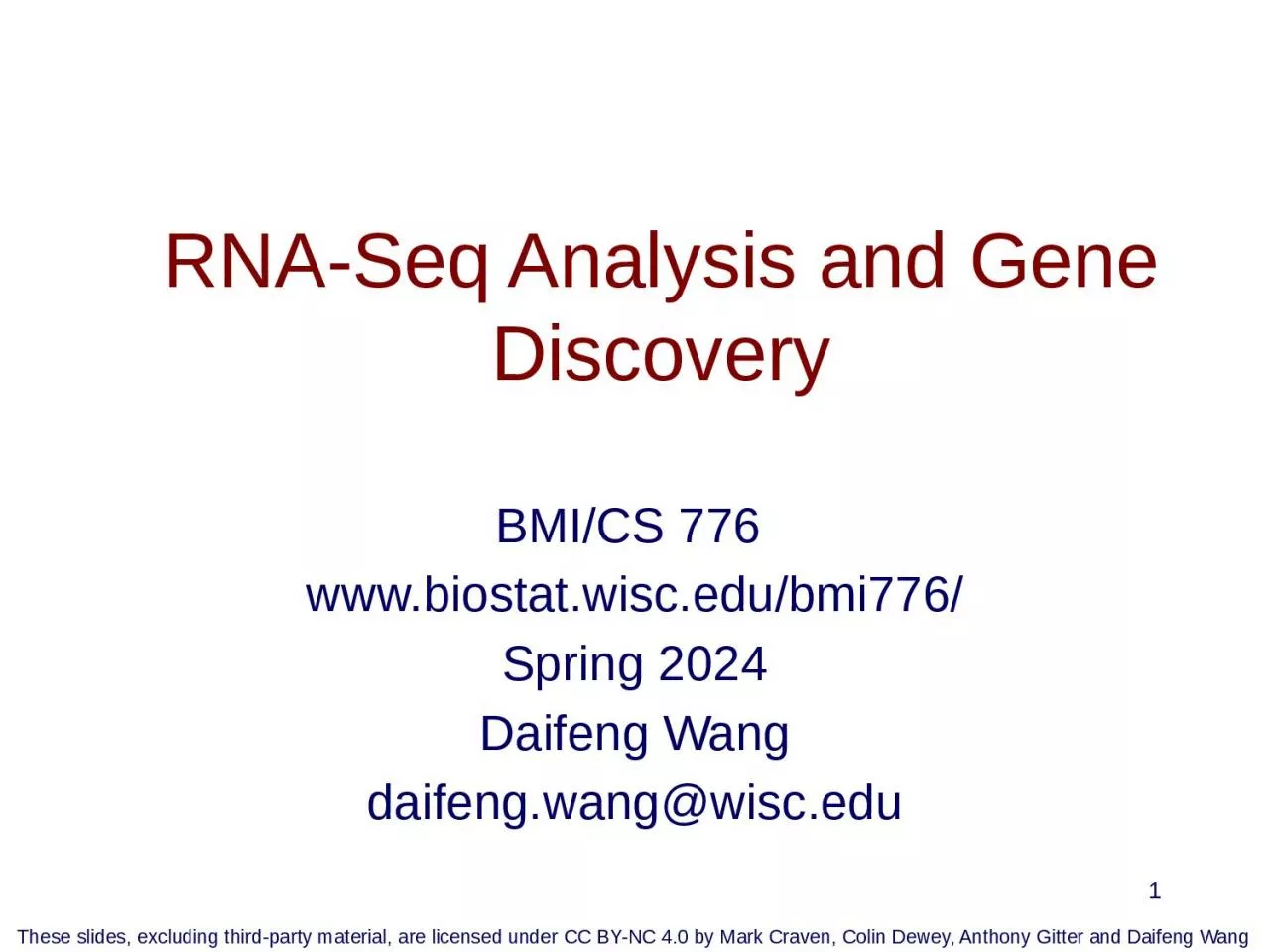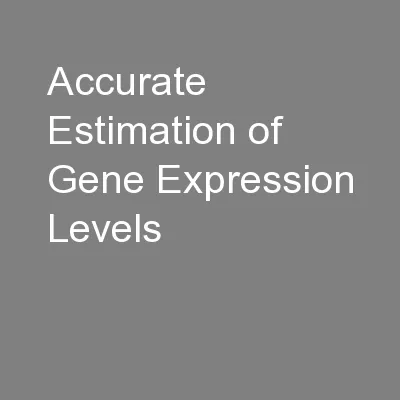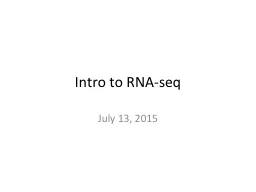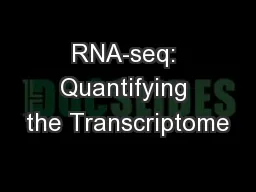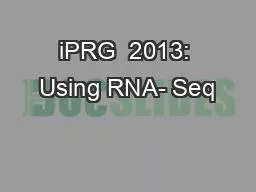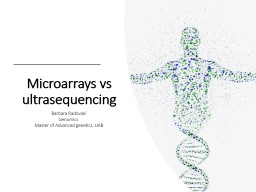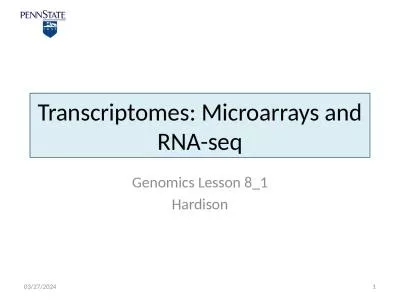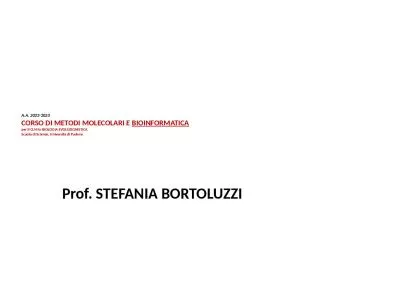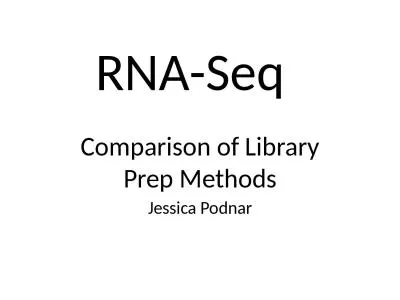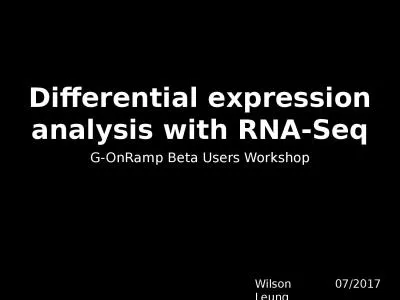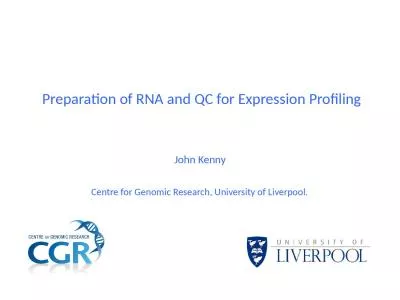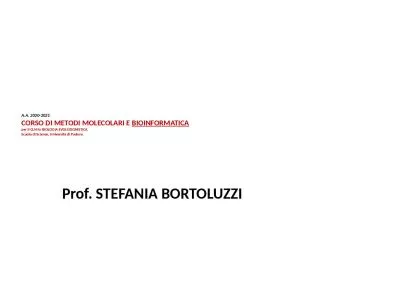PPT-RNA-Seq Analysis and Gene Discovery
Author : unita | Published Date : 2022-06-15
BMICS 776 wwwbiostatwiscedubmi776 Spring 2022 Daifeng Wang daifengwangwiscedu These slides excluding thirdparty material are licensed under CC BYNC 40 by Mark
Presentation Embed Code
Download Presentation
Download Presentation The PPT/PDF document "RNA-Seq Analysis and Gene Discovery" is the property of its rightful owner. Permission is granted to download and print the materials on this website for personal, non-commercial use only, and to display it on your personal computer provided you do not modify the materials and that you retain all copyright notices contained in the materials. By downloading content from our website, you accept the terms of this agreement.
RNA-Seq Analysis and Gene Discovery: Transcript
Download Rules Of Document
"RNA-Seq Analysis and Gene Discovery"The content belongs to its owner. You may download and print it for personal use, without modification, and keep all copyright notices. By downloading, you agree to these terms.
Related Documents

